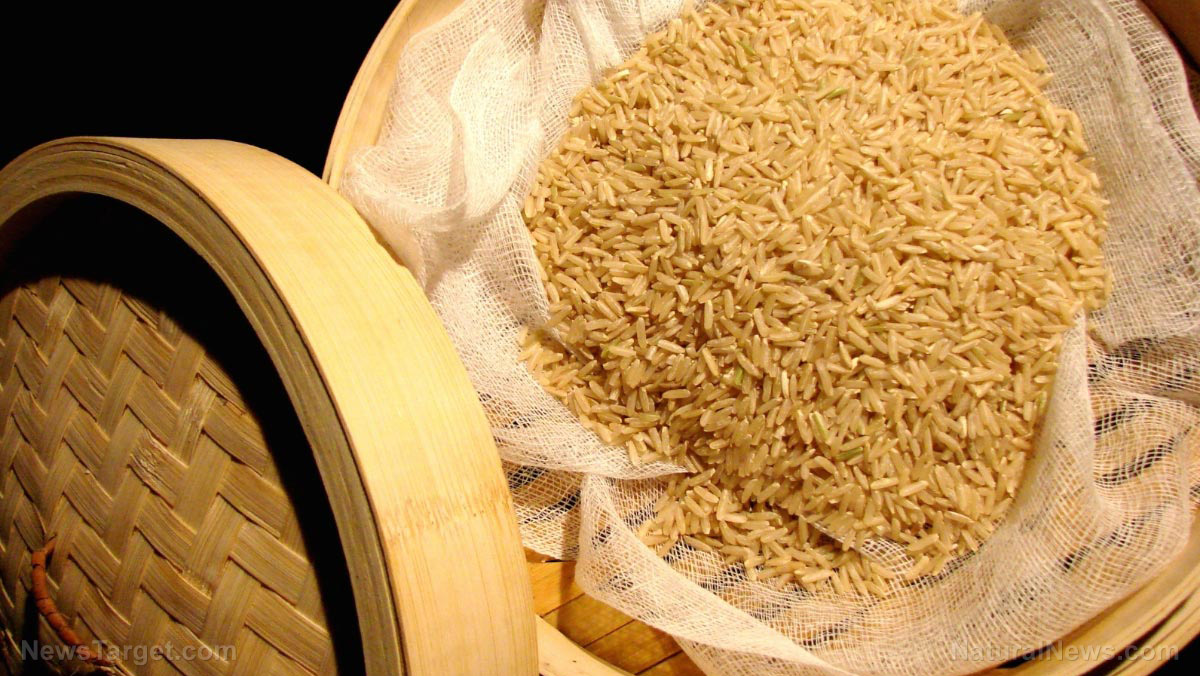Study shows Parkinson’s patients can improve their quality of life and reduce loss of mobility with 2.5 hours of exercise per week
02/15/2019 / By Rita Winters

Parkinson’s disease affects one in 100 people over the age of 60. This progressive condition leads to a decreased health-related quality of life (HRQL) by inhibiting motor functions, ultimately resulting in death. A study earlier this year found that people who exercised regularly had significantly lower declines in HRQL and mobility.
Published in the Journal of Parkinson’s Disease, the study shows evidence that physical activity may delay decline in PD patients. Led by Miriam R. Rafferty, Ph.D. from the Northwestern University and Rehabilitation Institute of Chicago, researchers studied two years of data on 3,400 PD patients collected from 21 sites in North America, the Netherlands and Israel, which are identified as Centers of Excellence by the National Parkinson Foundation. Data collected included the demographics, disease duration, the Hoehn and Yahr (HY) stage, some brief cognitive assessments, and pharmacologic and non-pharmacologic management of PD symptoms. Each year within the study’s time frame, observational studies were conducted, including the Timed Up and Go (TUG) test. The TUG test entails having the participant stand up from a chair, walk three meters, turn, and return to a sitting position.
The study found that people with PD who exercised at least 150 minutes each week had a smaller decline in HRQL over two years, as compared to those who spent less time doing physical activities and those who didn’t exercise at all. Researchers suggest at least 150 minutes of exercise each week as a means to reduce the onset of Parkinson’s disease, or at least delay its effects. However, the study was not able to determine what type of exercise would benefit the individual more.
Fast facts on Parkinson’s disease
- There is no test to diagnose Parkinson’s disease. Individuals with PD may visit multiple doctors over the span of years before being given a correct diagnosis.
- The exact cause of Parkinson’s disease is unknown, but genetics and the environment are huge factors.
- Parkinson’s disease is a nervous system disease; therefore, diets that help maintain a healthy nervous system may help reduce the risk of contracting it, or help lessen the effects of its symptoms.
- PD medications cause side effects such as dyskinesia (involuntary muscle movements), which, according to PD patients, is as debilitating as Parkinson’s itself.
A number of studies show that Parkinson’s disease can be managed through a healthy lifestyle. This healthy lifestyle includes eating healthy, natural foods, and participating in regular physical activities as mentioned earlier. There is no singular diet that can treat Parkinson’s, and many PD medications may cause more damage than intended.
Exercise, or physical therapy, may help reduce the devastating decline in motor functions in PD patients. These individuals should include flexibility or stretching exercises, aerobic activity, and resistance training or strengthening exercises. Some examples of beneficial exercise include biking, running, tai chi, yoga, Pilates, dancing, weight training, non-contact boxing, and Qi Gong. However, PD patients must be monitored by trainers or physical therapists to ensure that age-related loss of joint flexibility, decreased muscle strength, and cardiovascular conditioning, do not damage the PD patient further.
When assisting a PD patient during exercise, make sure that the patient is wearing proper sports attire for comfort. Tight clothing that may constrict the respiratory system or blood vessels should be avoided. Pedometers also come in handy to track the progress of the patient’s steps per day. Switching between indoor and outdoor activity not only encourages exercise, but also promotes mental wellness. It is also good to note that music (music therapy) can get PD patients to move more.
Sources include:
Submit a correction >>
Tagged Under:
brain function, brain health, exercise, fitness, healthy lifestyle, natural healing, Parkinson's Disease, physical activity, quality of life, slender
This article may contain statements that reflect the opinion of the author

RECENT NEWS & ARTICLES
COPYRIGHT © 2017 SLENDER NEWS





















